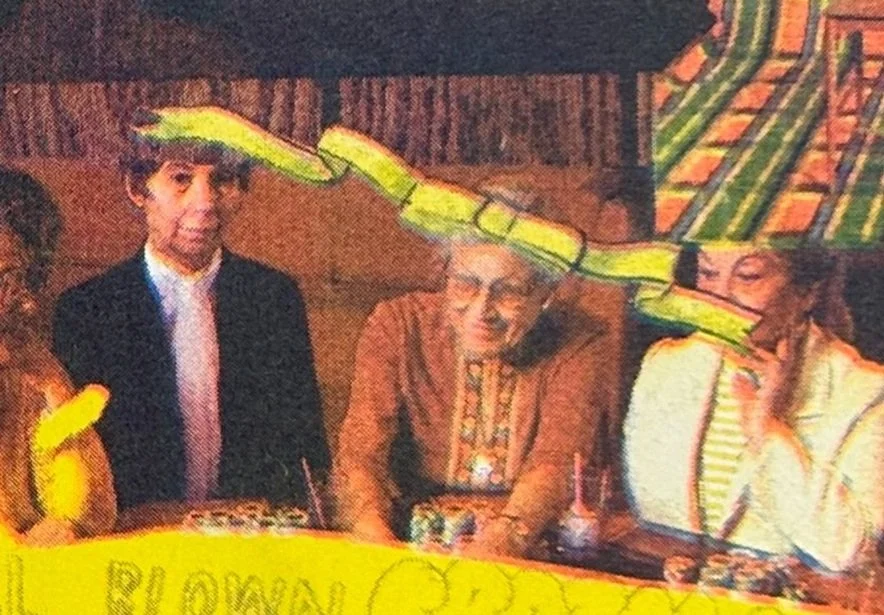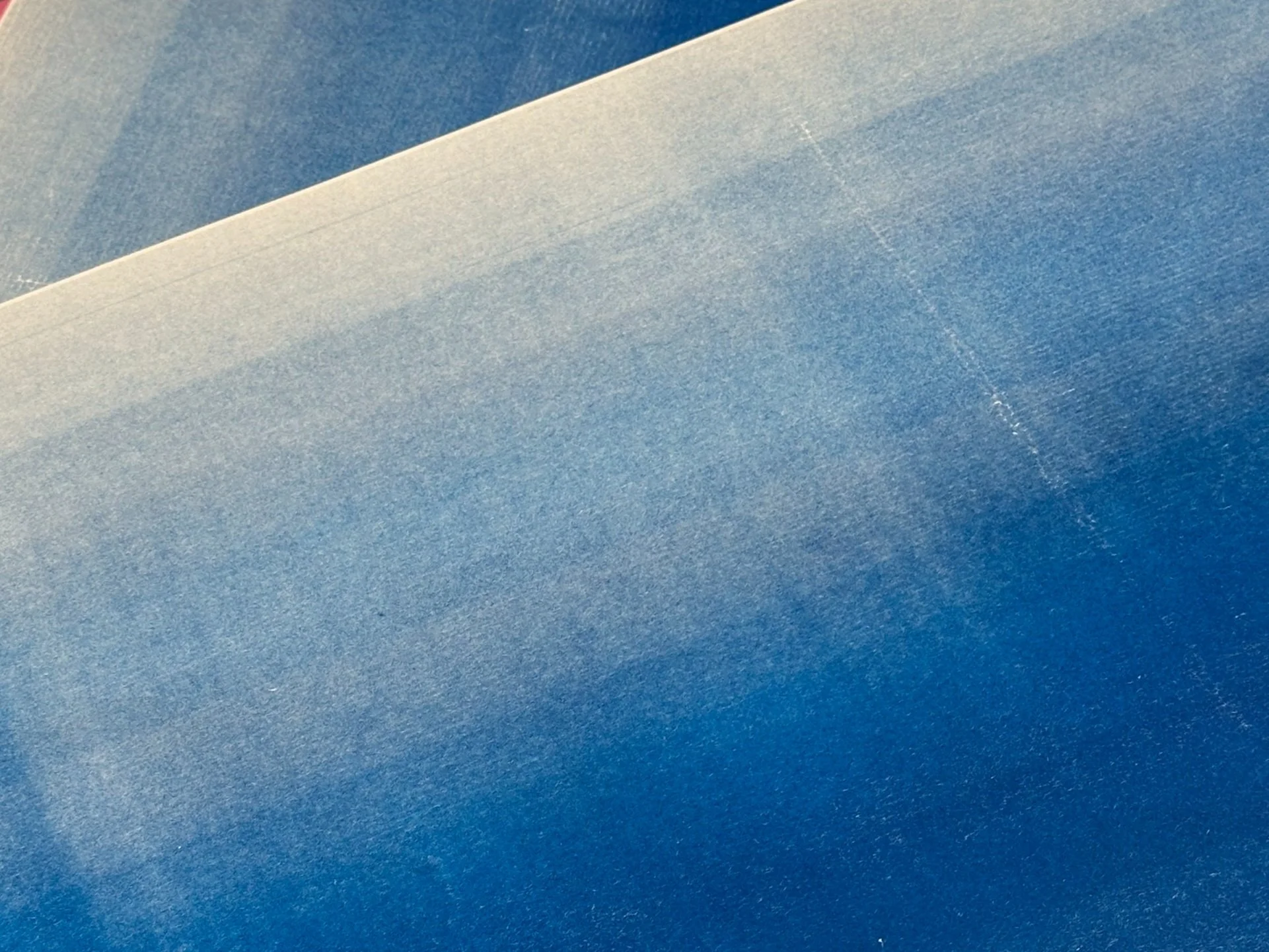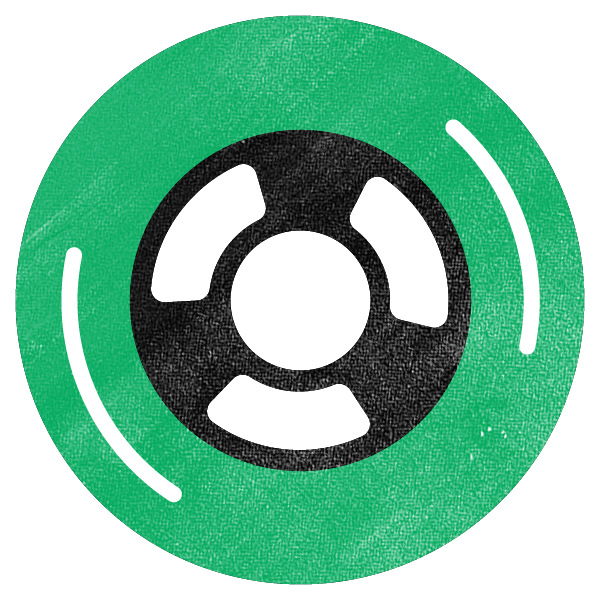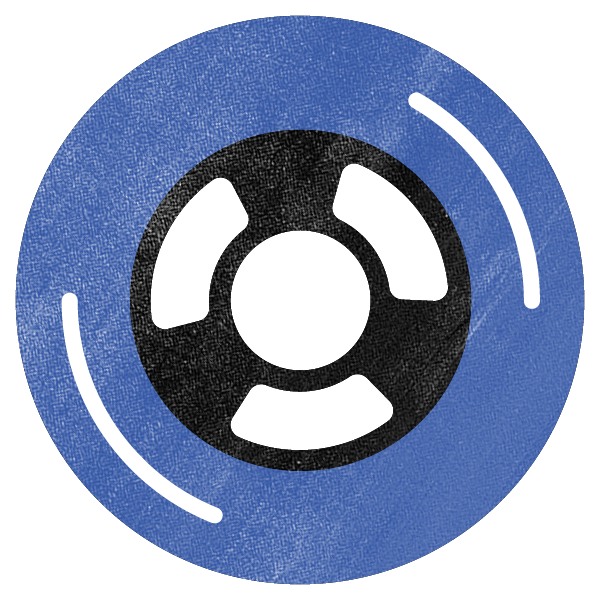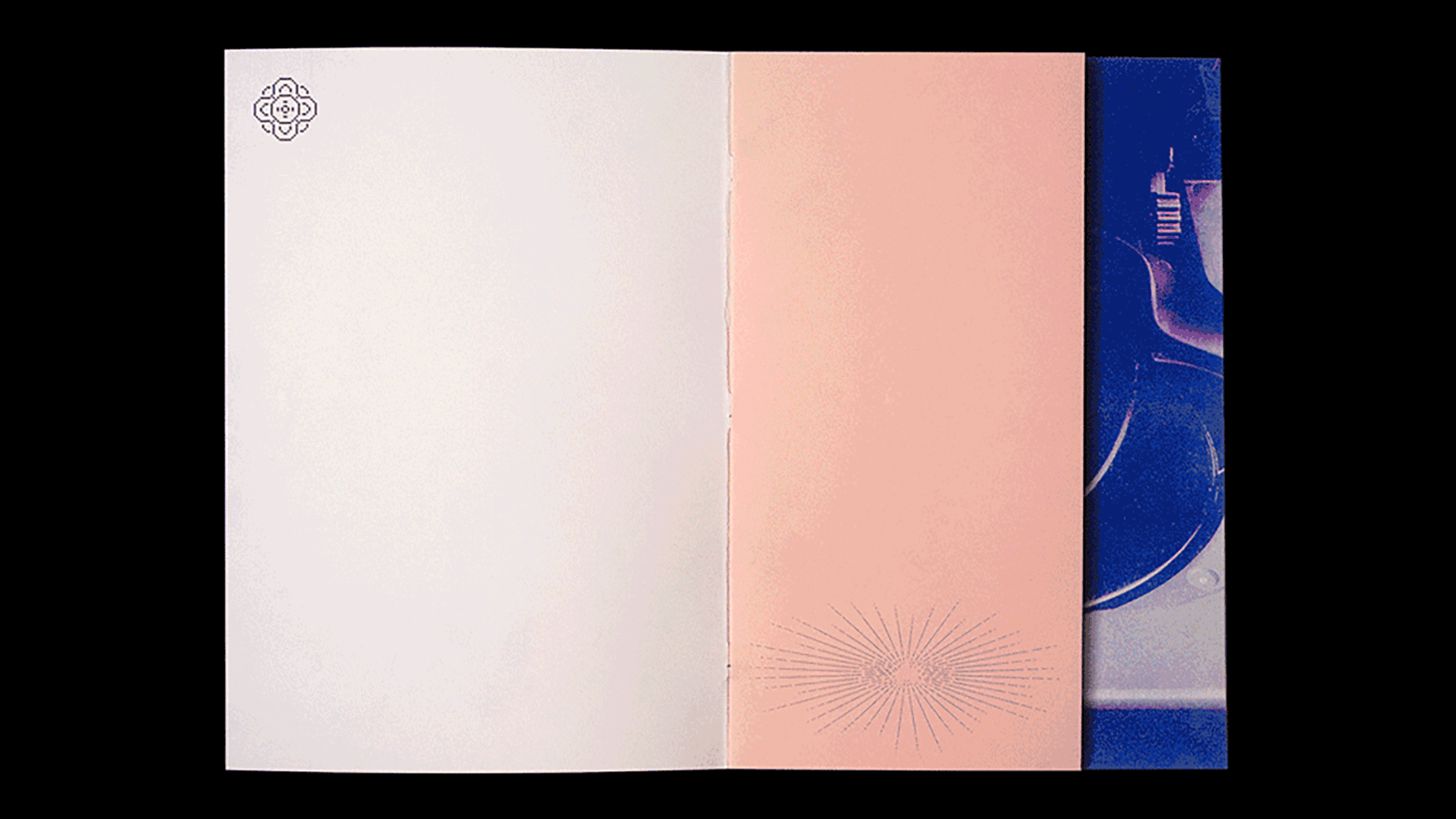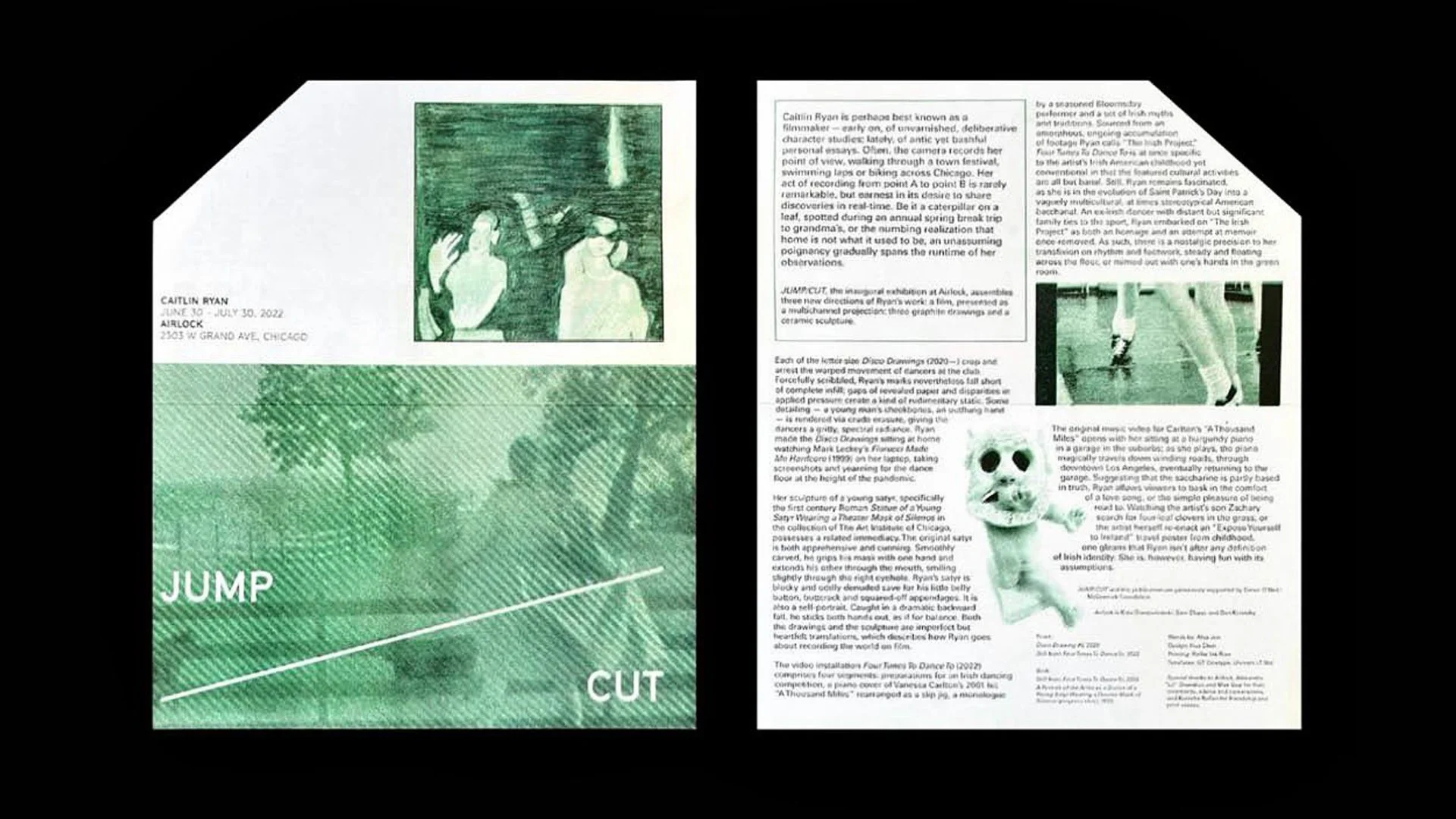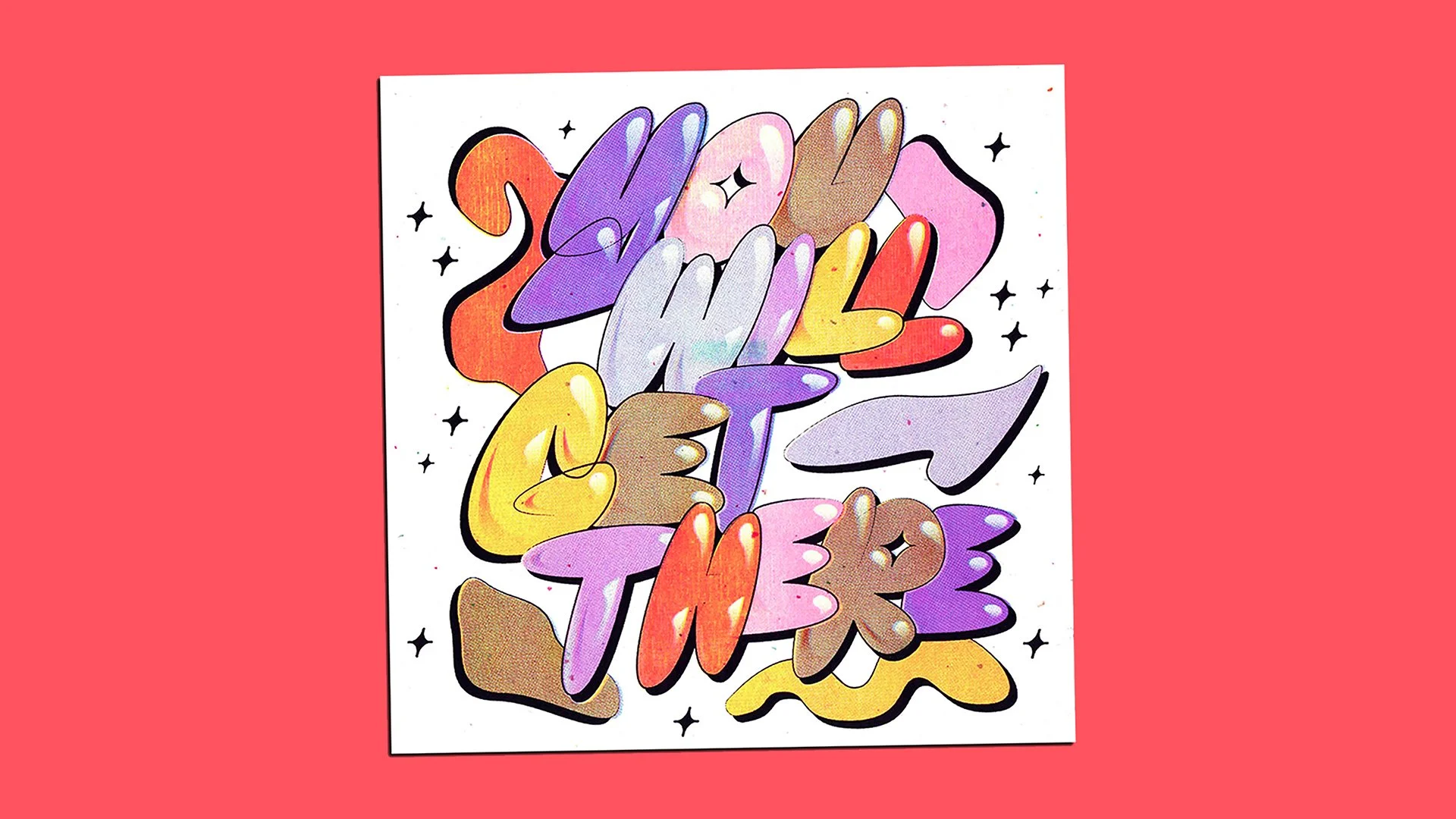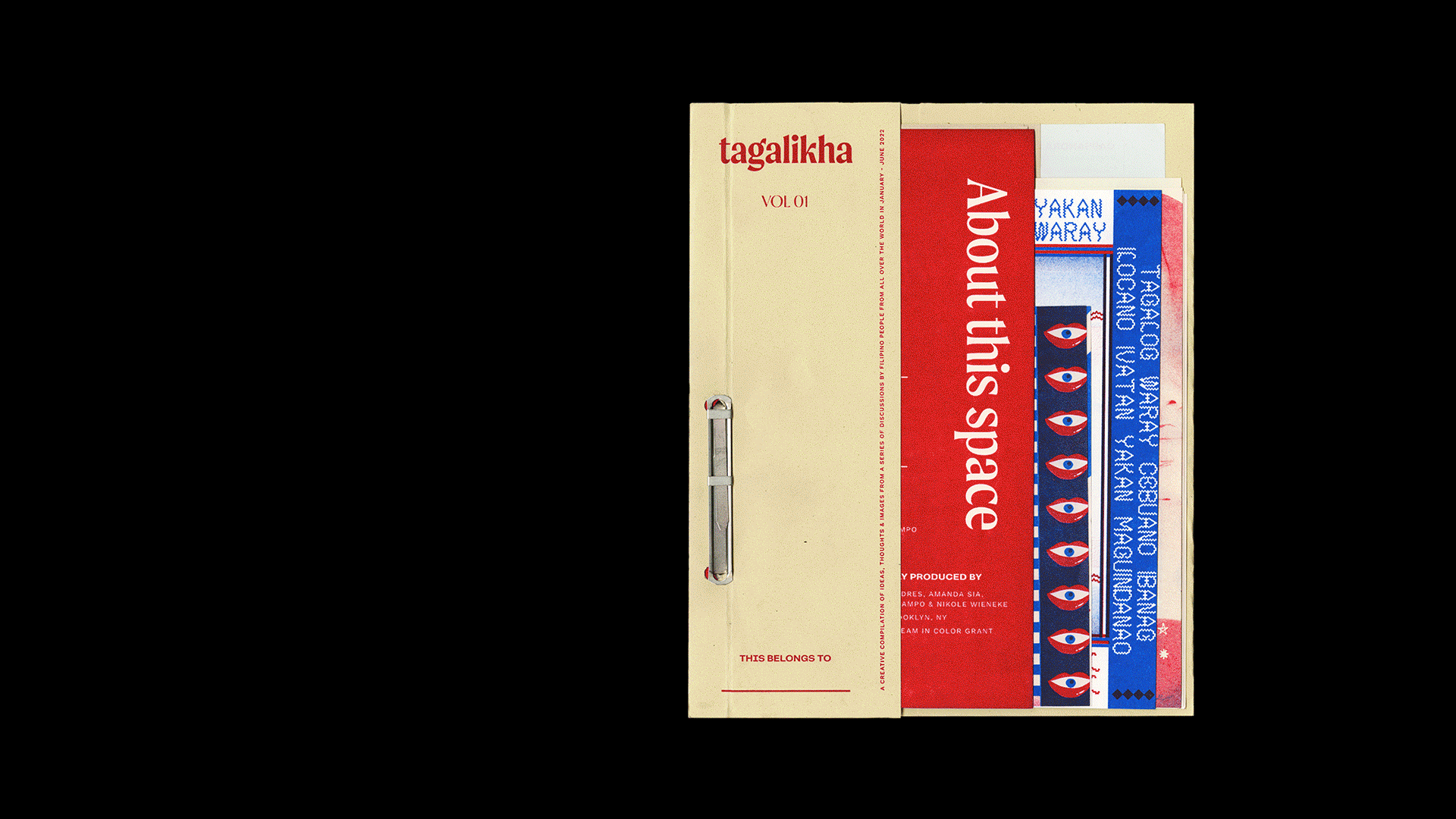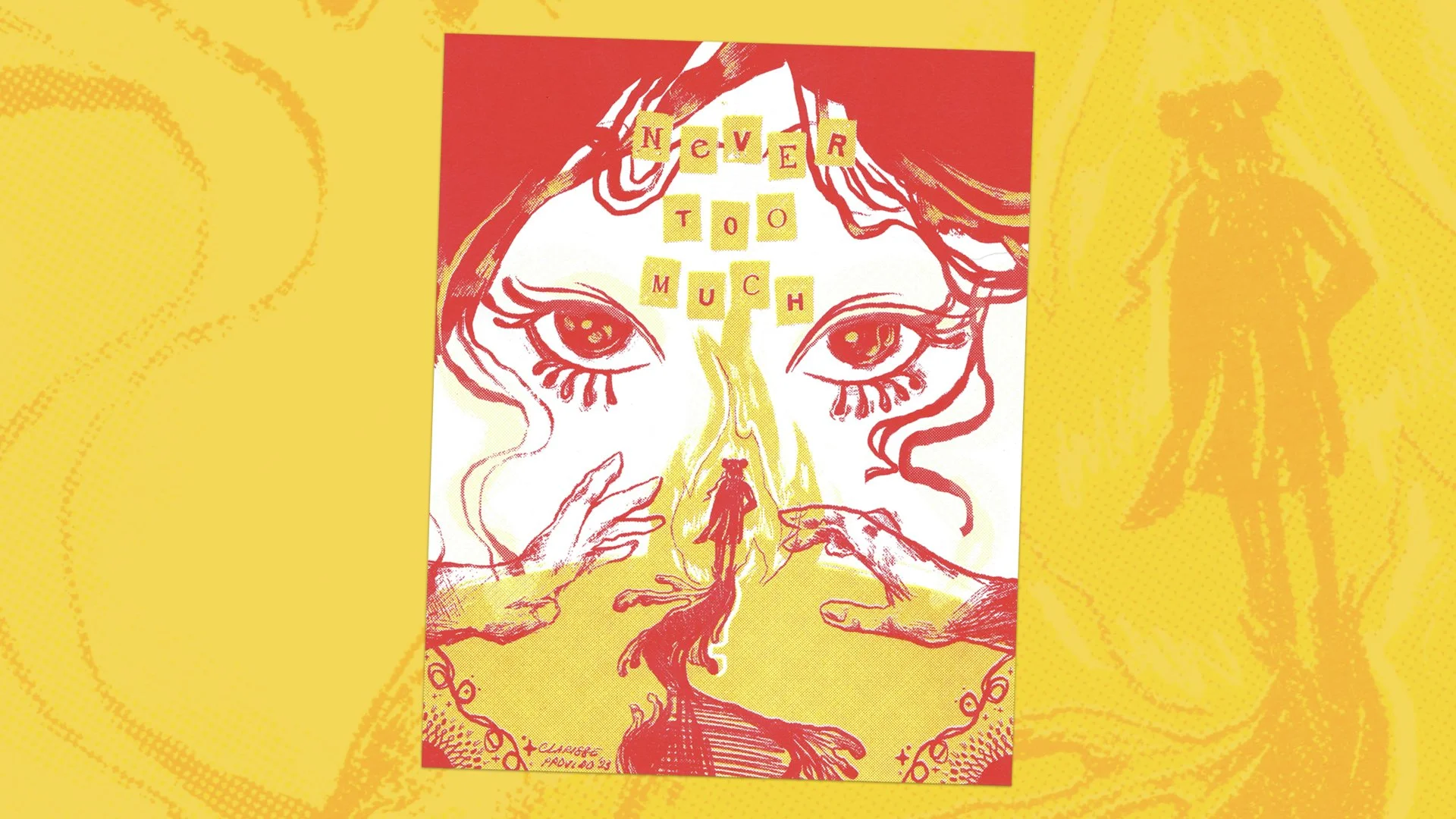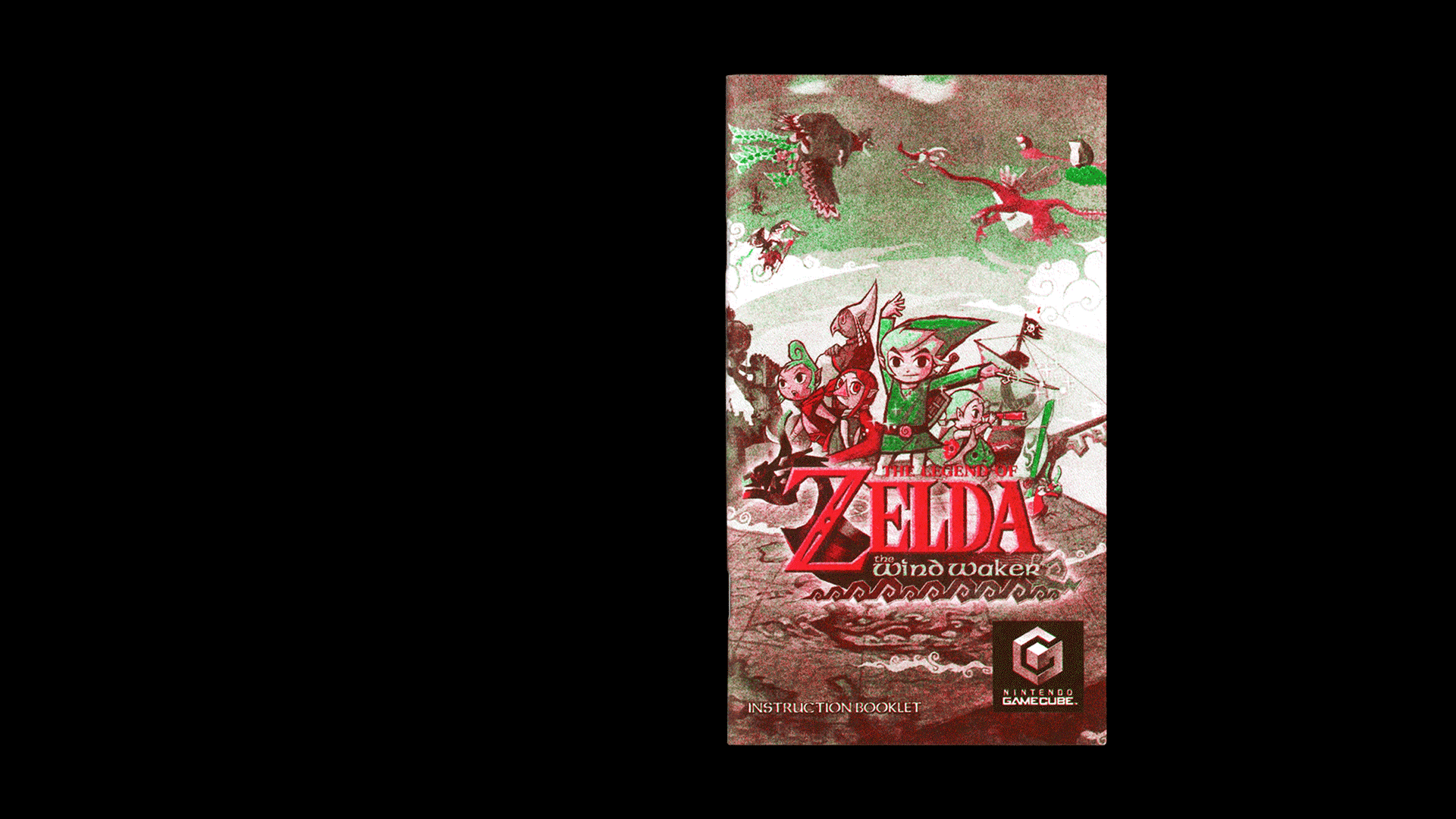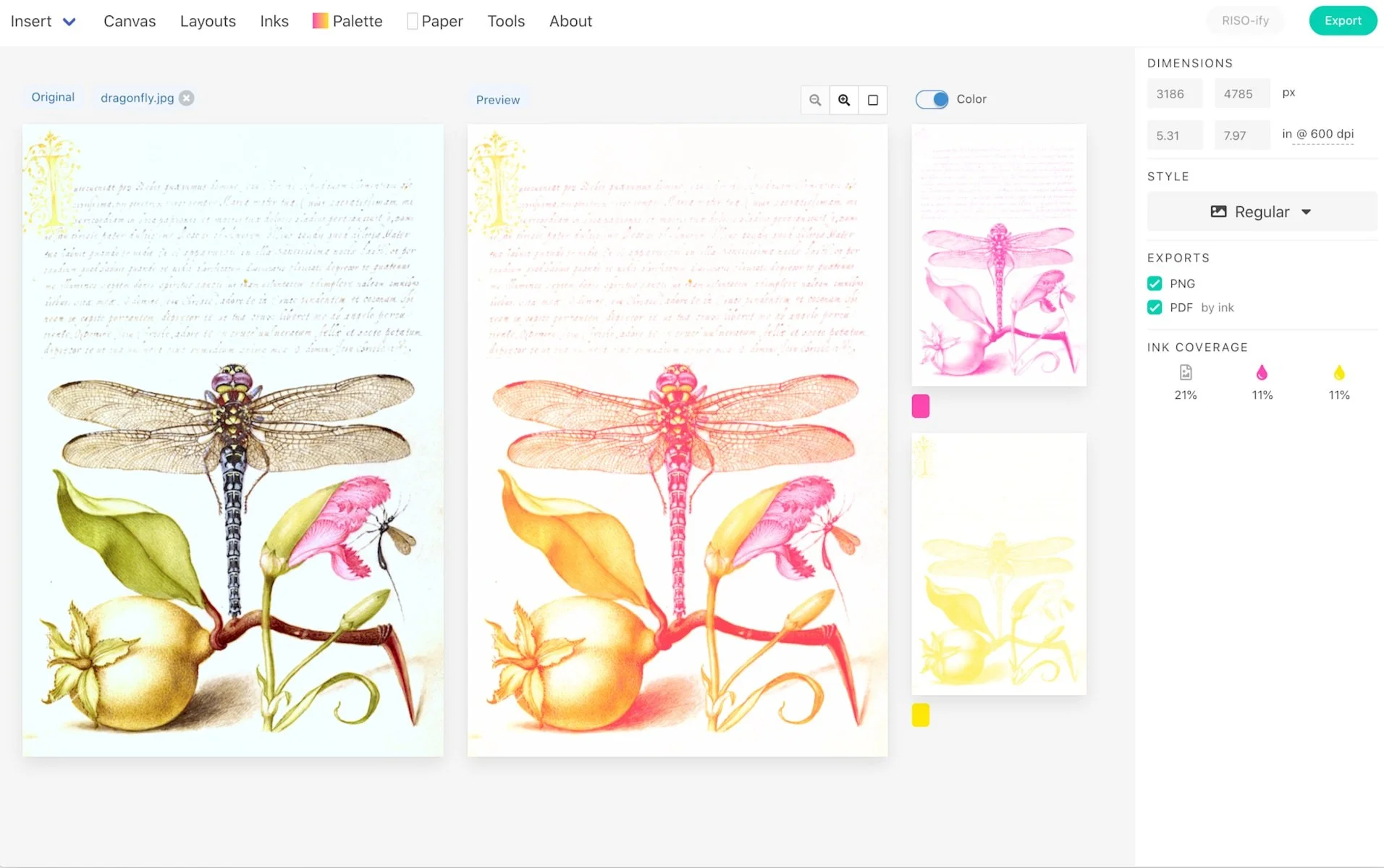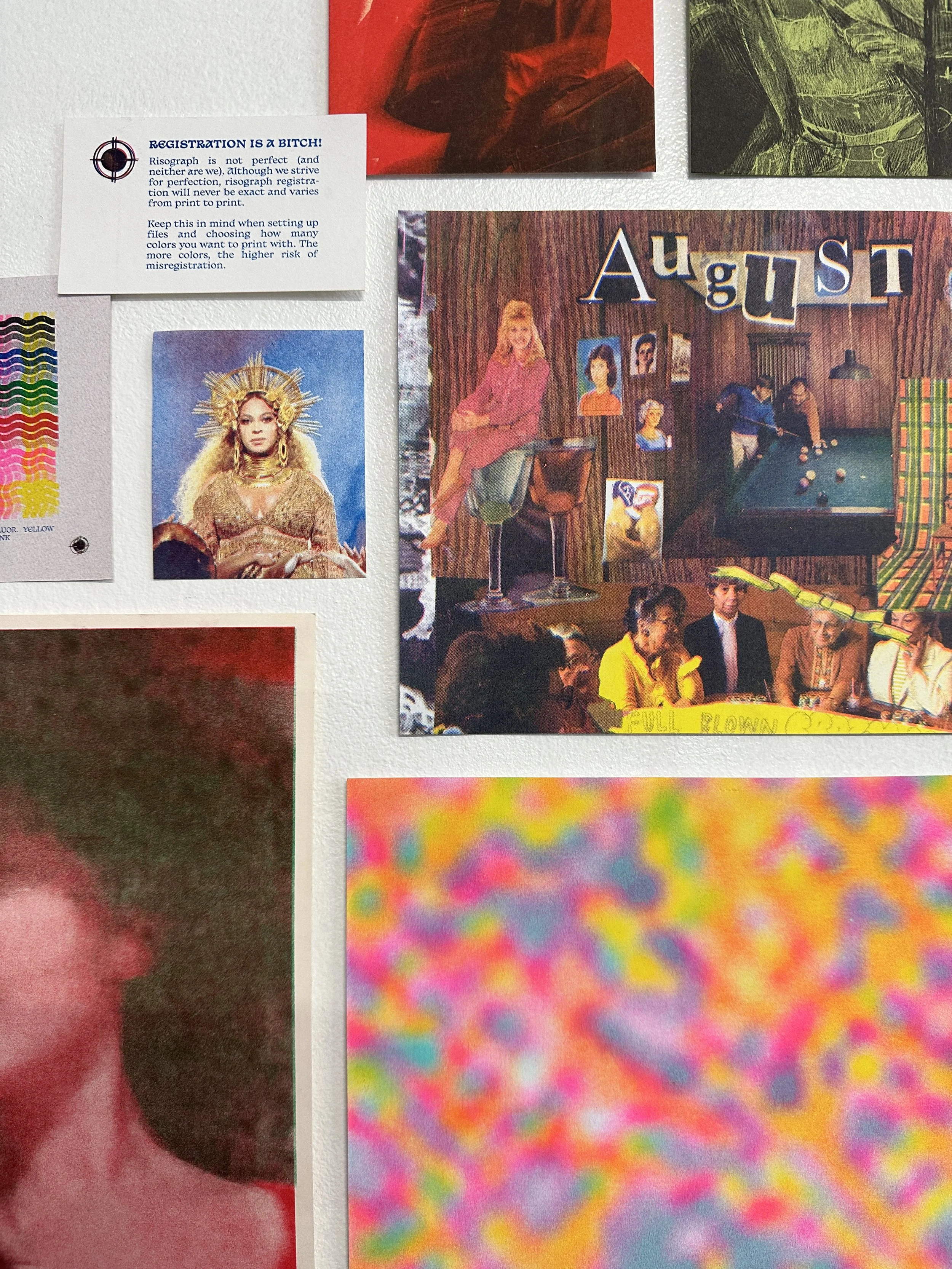
Got a project in mind? Let’s make it happen!
What is a risograph?
A risograph prints one color at a time, using soy-based ink pushed through a stencil wrapped around a spinning drum. Think of it as a quirky hybrid between a screen printer and a copy machine.
It’s fast, energy-efficient, and low-waste—and it gives your prints a unique, handmade feel you can’t get from digital methods. Plus, the colors?
⋆✴︎˚。⋆ a feast for the eyes ⋆。˚✴︎⋆
Each print has its own personality thanks to little imperfections in the process.
Here’s what you might see:
REGISTRATION WOBBLE
Like screen printing, each color is layered separately. That means slight misalignments are part of the magic.
SMUDGING
Riso ink is a mix of soy oil, pigment, and water—kind of like newsprint. It can smudge, especially on non-absorbent paper. We always use gloves when handling prints to minimize this.
ROLLER MARKS
When a paper is fed through the machine multiple times and it is heavily inked/not fully dry, the paper feeder rollers may leave “tire” marks on the page.
UNEVEN COVERAGE
Big blocks of solid color may show slight variations, pinholes, or floods. Because of this we recommend you set large flat color areas between 80% and 90% opacity and never at 100%.
Our Colors
MEDIUM BLUE
#3255A4
FLUORESCENT PINK
#FF48B0
YELLOW
#FFE800
BLACK
#000000
BRIGHT RED
#F15060
GREEN
#00A95C
We currently offer 6 vibrant riso inks. By layering and overlapping colors, you can create a wide range of new tones and textures.
Blue, fluorescent pink, yellow, and black can even be used to mimic CMYK printing—getting you surprisingly close to your original artwork, with that signature riso look.
For the best results (and a smoother process), we recommend using 1–4 inks per project.
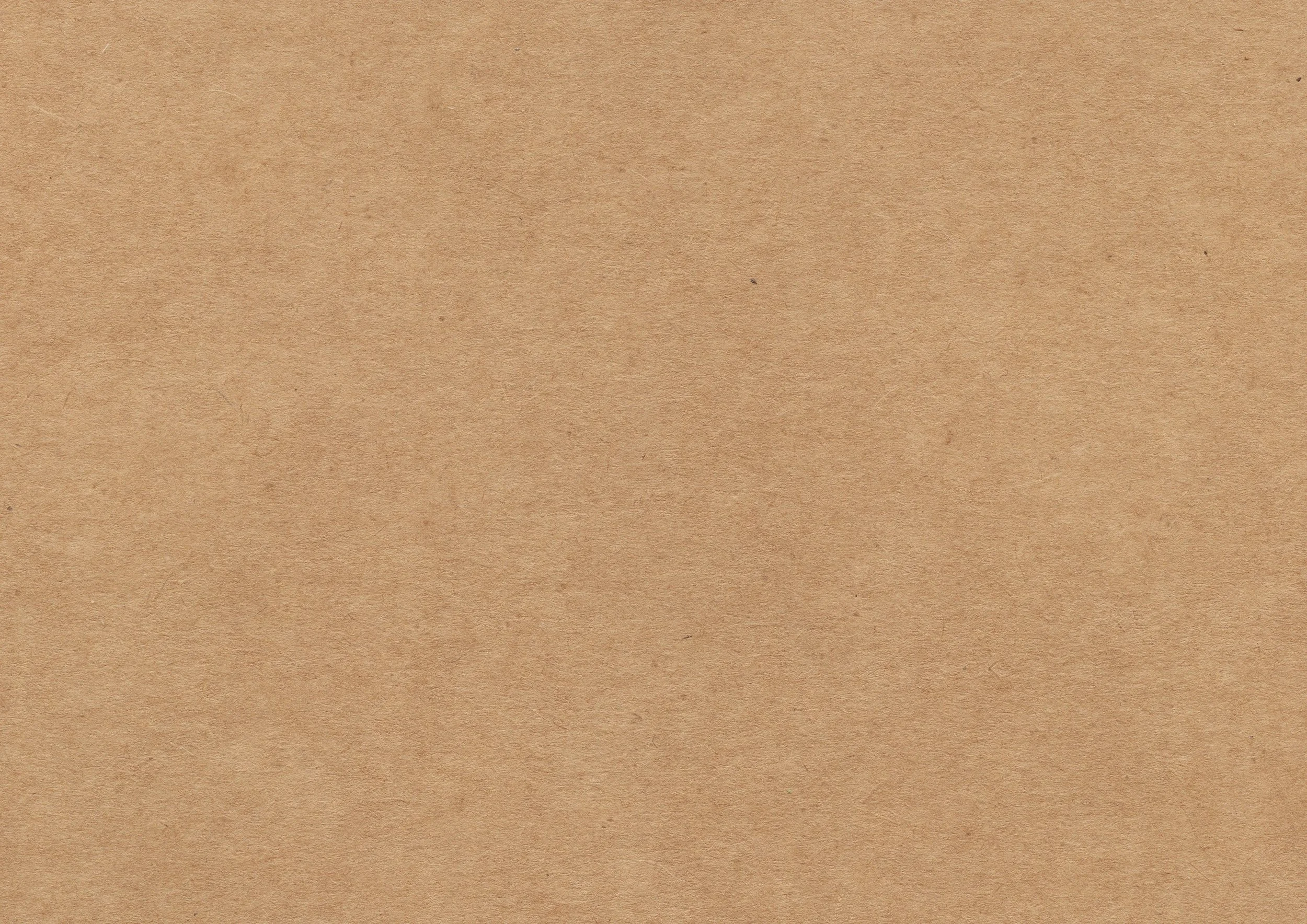
Our Paper
The risograph can accept paper with weights from 20lb bond (75 gsm) to 80lb cover (218 gsm).
We print on absorbent, uncoated paper—no glossy stuff here.
Our current stock ranges from light text weight (great for zines, flyers, foldables) to heavier cover stock (perfect for posters, cards, art prints, and book covers).
We love working with French Paper Co., but we’re open to custom paper requests if you’ve got something in mind.
Check out some of our prints below ( ◡̀_◡́)ᕤ
If you're just getting started with risograph printing, we highly recommend using Spectrolite.
It's a super helpful tool for creating color-separated, print-ready files.
You’re also welcome to email us if you’d like example PSD files that show how to set up color separations for riso. If you already have artwork ready, feel free to send over a layered PSD file with each color on its own layer, and we’ll take a look to make sure it’s set up correctly for printing.

